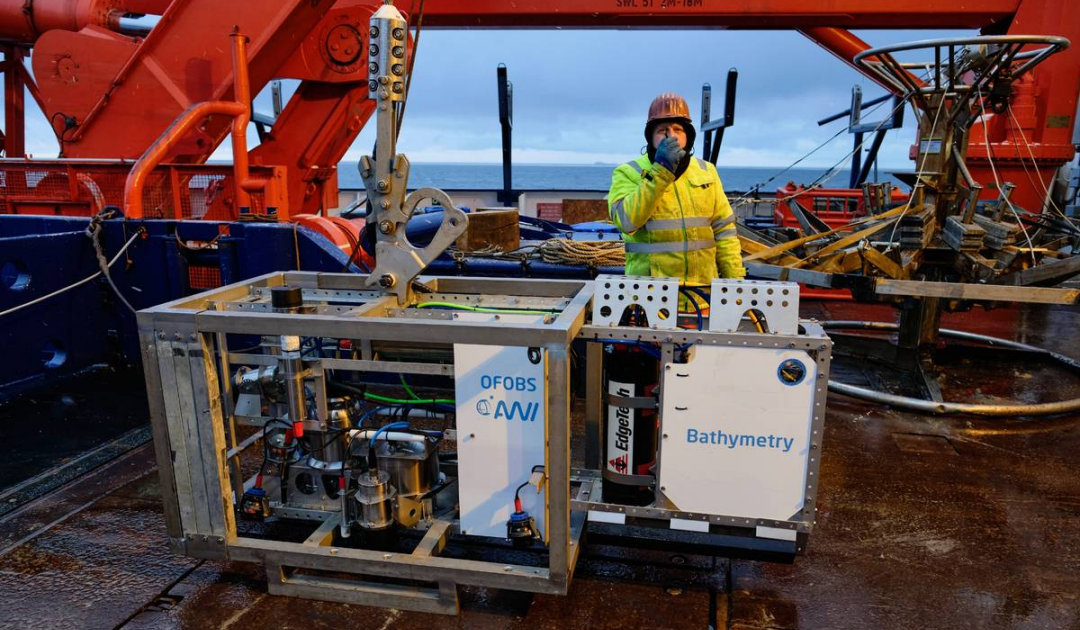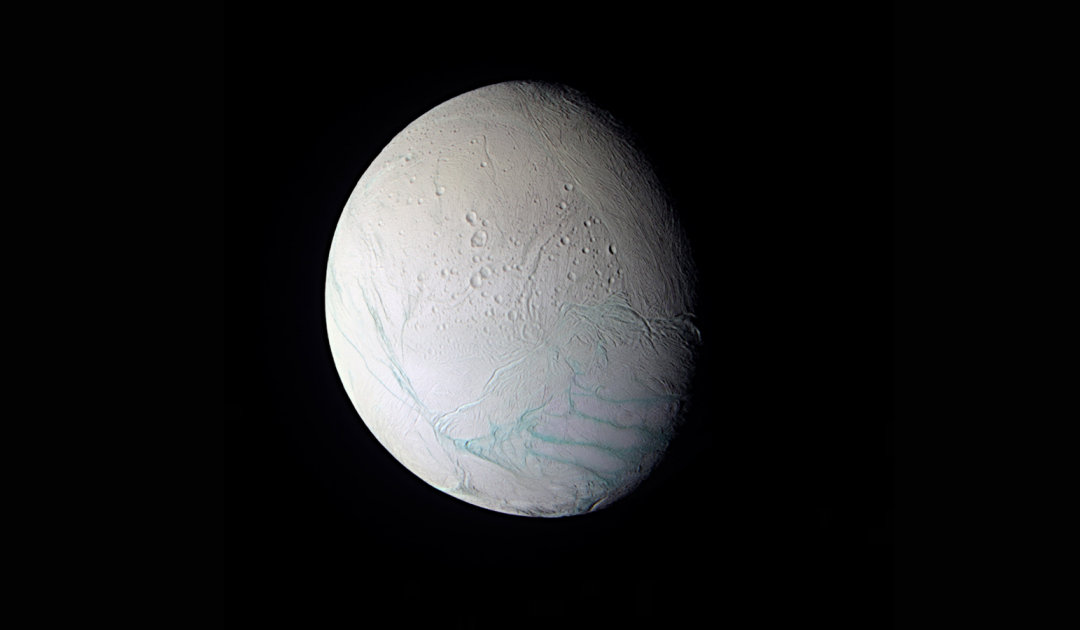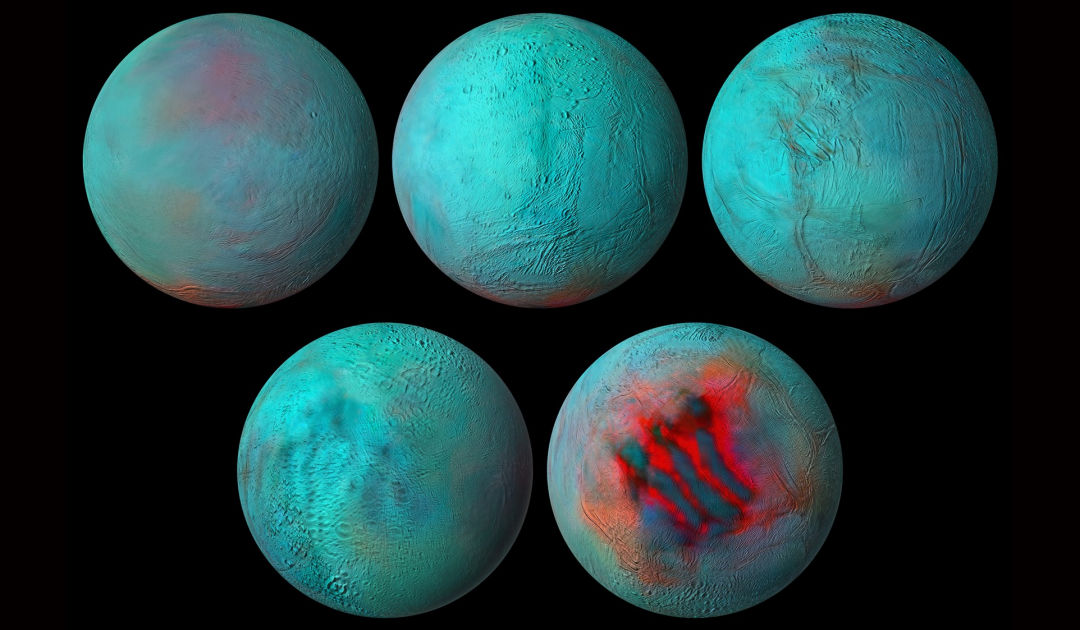
One often hears that the polar regions appear extraterrestrial. In fact, research teams from a wide range of scientific disciplines are testing their equipment and theories in the Arctic and Antarctic. Because the landscapes actually seem to have similarities in some areas. A region in the depths of the Arctic Ocean also seems to offer clues to what it might look like on one of Saturn’s moons.
Hydrothermal vents, which transport hot and mineral-rich water from the depths of the earth into the ocean, provide the basis for very unique and almost extraterrestrial-seeming life in the Gakkel Ridge area of the Arctic Ocean. In addition, the sources show similarities to possible hydrothermal vents that could lie under kilometer-thick layers of ice and water on Saturn’s moon Enceladus. These are the results of a research cruise of the German research icebreaker Polarstern with an international science team led by the Woods Hole Oceanographic Institute WHOI and the Alfred Wegener Institute AWI on board. The results were recently published in the journal Nature Communications.


At a depth of about 4,000 meters north of Greenland and Svalbard lies the Gakkel Ridge, a volcanically active region that forms the northern end of the Mid-Ocean Ridge. In 2014, researchers from the AWI, including the current director Professor Dr. Antje Boetius, discovered a hydrothermal field here, which has been studied in more detail by Norwegian and German-American expeditions since 2019. For here the scientists suspected similarities to a region far from Earth, namely on Saturn’s moon Enceladus. “In 2014, after much searching, we discovered the black smokers on the seafloor. We were thus able to determine that the Gakkel Ridge is much more active than its title of the ‘ultra-slowest’ spreading zone on Earth would suggest,” explains Professor Boetius.


Thanks to AWI’s OFOS and OFOBS underwater robots and a brand new system from WHOI, the research team was able to map the hydrothermal field more precisely and take numerous samples of the water from the springs. Analyses discovered large amounts of copper, manganese, dissolved hydrogen, iron, sulfur, and methane in it, indicating that this water could originate from great depths in the Earth’s interior. Around the vents, the team also found a rich ecosystem consisting of sponges, crusteaceans and microorganisms that derive energy from the chemical compounds (chemosynthesis) rather than from sunlight (photosynthesis).


But the “Aurora” field is not only interesting for biologists, geologists or chemists. “The ice-covered deep sea of the Arctic is both one of the last completely unknown zones on Earth, but it is also a suitable analog for testing the first steps toward exploring other ocean worlds,” said Christopher German, a marine chemist at WHOI and lead author of the published study. “Earth is only one of probably ten planetary bodies in our solar system where ice-covered oceans are suspected.” This includes Saturn’s moon Enceladus, which is covered by a cratered layer of ice but could have a massive ocean underneath. And at the bottom of this ocean may well be hydrothermal vents similar in nature to those at Gakkel Ridge. Measurements and images from the Cassini-Huygens probe provide clues. This means that at least this region appears to be indeed extraterrestrial and could form a model for the exploration of extraterrestrial bodies in the future.
Dr Michael Wenger, PolarJournal
Contributed image: AWI
More on the topic





